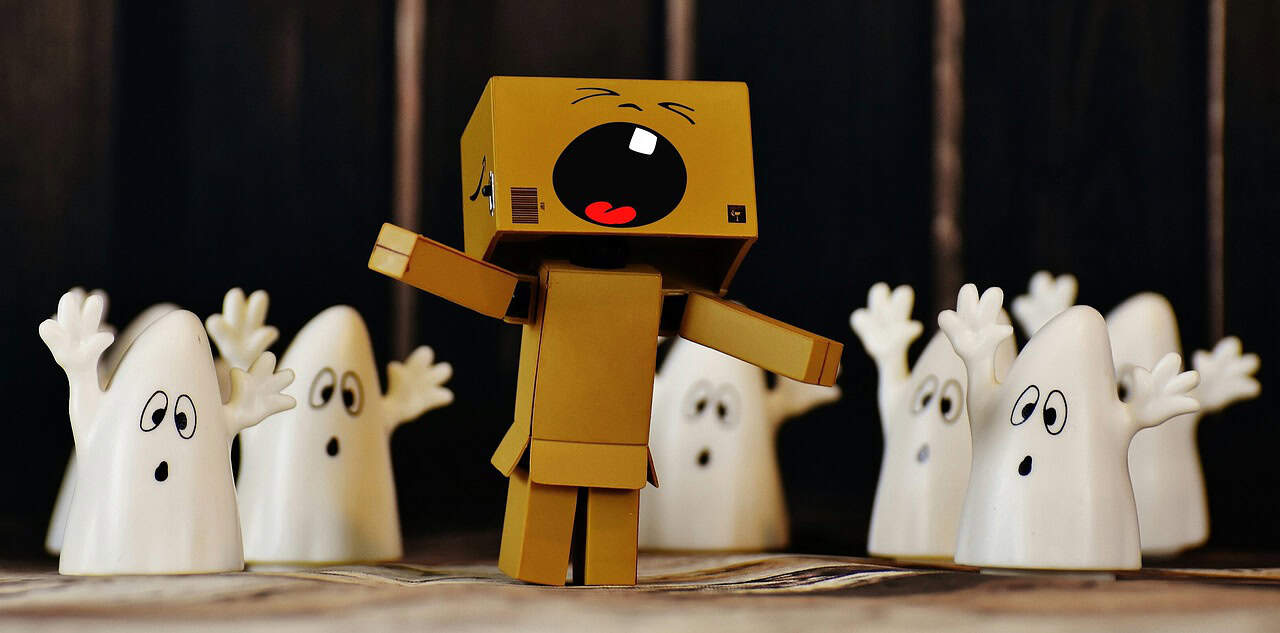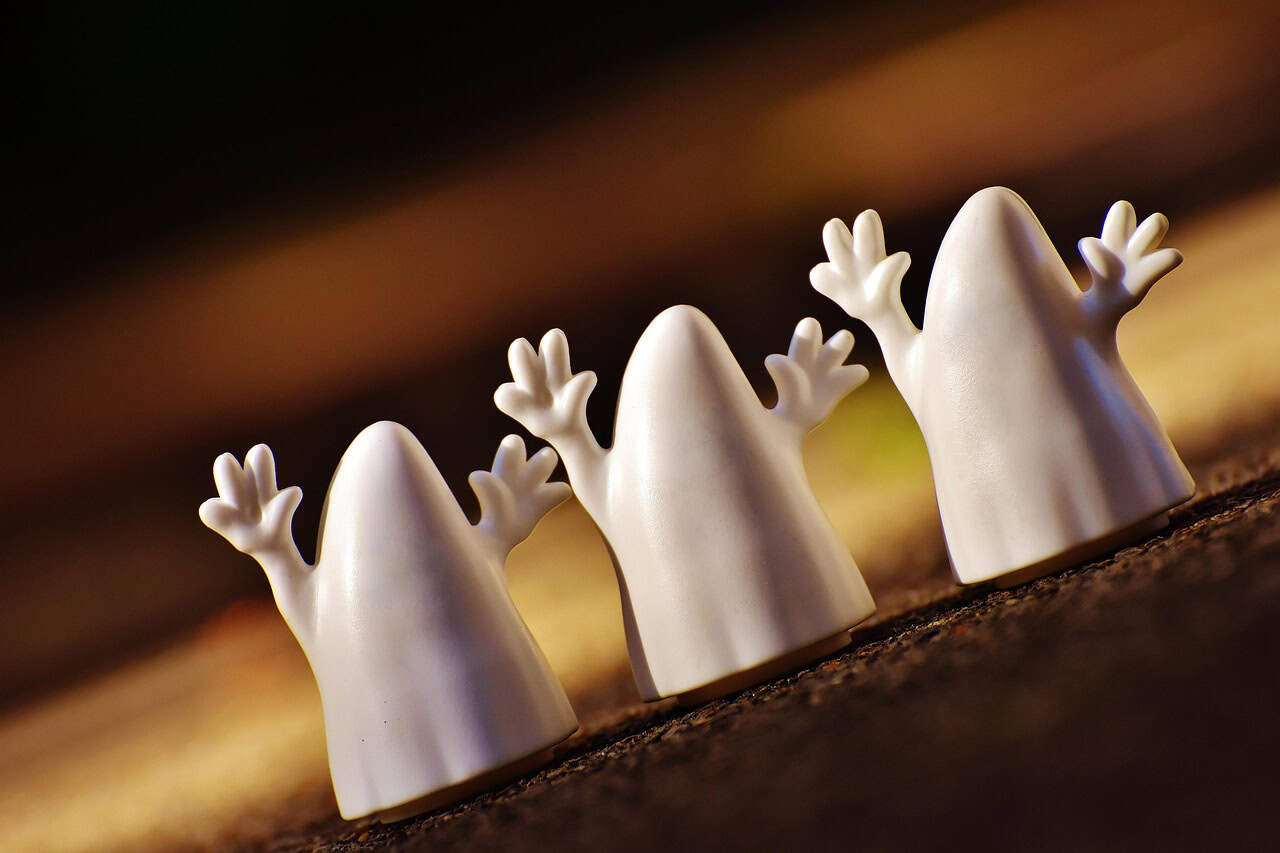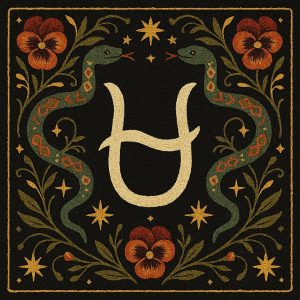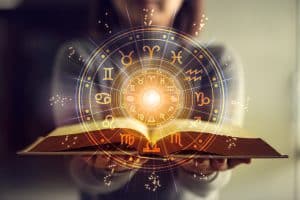There’s something oddly comforting about gathering with friends, dimming the lights, and letting a horror movie mess with your nervous system. It’s not just a seasonal tradition — it’s a strange kind of joy. The popcorn’s warm, the couch is crowded, and everyone’s bracing for the same scare. We call it fun. But why?
Fear, it turns out, isn’t just about survival. It’s also about connection. The brain doesn’t just sound alarms — it throws a party. And when we’re not alone in the dark, that party becomes a ritual. A shared thrill. A little chaos we choose, together.
What Fear Does to the Brain
Fear begins in the amygdala, the brain’s ancient smoke detector. It doesn’t wait for proof—it just reacts. A shadow moves, a door creaks, a violin screeches on screen, and suddenly the body is on high alert. Heart pounding. Muscles tensed. Breath caught in the chest.
But here’s the trick: the brain doesn’t always care if the threat is real. It responds to the feeling of danger, not the facts. That’s why a horror movie can make palms sweat and hearts race, even when we know we’re safe on the couch. The brain lets us ride the wave—because it knows we’re not actually in trouble.
The Chemical Cast Behind Fear
Adrenaline: The spark that lights the fuse.
Dopamine: The reward for surviving the scare.
Oxytocin: The quiet glue that binds us to the people we scream beside.
This isn’t just a reaction—it’s a full-body experience. And when we share it, it becomes something more than fear. It becomes memory.
Why Fear Feels Better with Company

There’s a reason horror movies are rarely watched alone. Fear, at its core, is a social emotion. It’s not just about what startles us. Who’s beside us when it happens becomes part of the experience with you, and you with them. When we gather to watch something terrifying, we’re not just bracing for the scare. We’re syncing up. Our bodies tense at the same time, our breath catches in unison, and when the moment hits, we scream, laugh, or clutch each other in a shared excitement. That synchrony is biological.
Neuroscience shows emotional experiences, especially fear, activate bonding cues in the brain. Oxytocin is released not just during affection, but during shared vulnerability. When we’re scared together, we’re chemically nudged toward trusting the other. That’s why a haunted house can feel like a team-building exercise, and why a horror movie night can leave people feeling closer than before.
Fear also sharpens memory. The brain tags emotionally charged moments as important, storing them with extra detail. So when we experience fear in a group, we’re creating lasting impressions. The jump scare becomes a story. The nervous laughter becomes a ritual. The shared glance after the final scene becomes a kind of silent agreement: we survived that together.
Even the anticipation of fear is sought after. Before the movie starts, there’s a buzz and a playful dread. That energy builds as the lights dim. It’s not just about what’s on screen. It is about the people around us, the way we brace each other up during fear, just to get to react together, laugh out loud, literally, and recover together. Fear, in this context, becomes a kind of emotional choreography. And when it’s done well, it leaves behind not just adrenaline, but connection.
The Thrill of Safe Danger
Humans are strange. We chase danger—but only when it’s wrapped in safety. Haunted houses, horror films, roller coasters—they all simulate risk without the actual threat. This “safe danger” lets us flirt with fear while knowing we’re protected
Halloween is the perfect stage for this paradox. It’s the one time of year we invite fear in, dress it up, and celebrate it. Science shows that even the anticipation of fear can trigger dopamine. The thrill starts before the scare even happens.
Halloween: Where Fear Becomes Festive

October turns everything into a party. We carve faces into pumpkins and binge-watch the goriest horror movies night after night. It’s not just about being scared; you probably don’t want to be scared if you are alone. This is about being scared together. The scary haunted houses and the horror movie marathons all create a shared experience that’s thrilling and easily remembered.
These aren’t just seasonal quirks. The truth is, they’re neurologically satisfying. The brain loves a good scare, especially when it’s shared with others.
Fear Is a Strange Kind of Love
Fear isn’t just a reflex. It is a feeling we’ve learned to share. The thrill of the unknown and the presence of someone beside us creates a scream that turns into laughter. Joy out of pure fright. The hand that reaches out in the dark, and the moment we all jump, then look at each other and grin. That is a memory we file under connection.
Science tells us what’s firing in the brain. But the heart knows something too: fear, when chosen and shared, becomes a kind of closeness. A reminder that we’re alive—and that we’re not alone.







